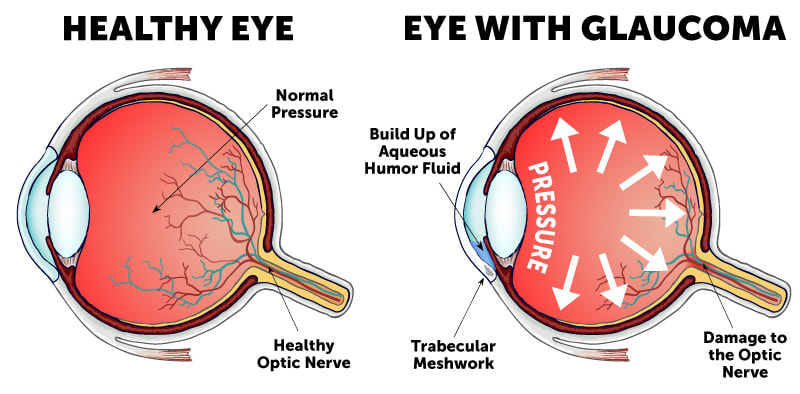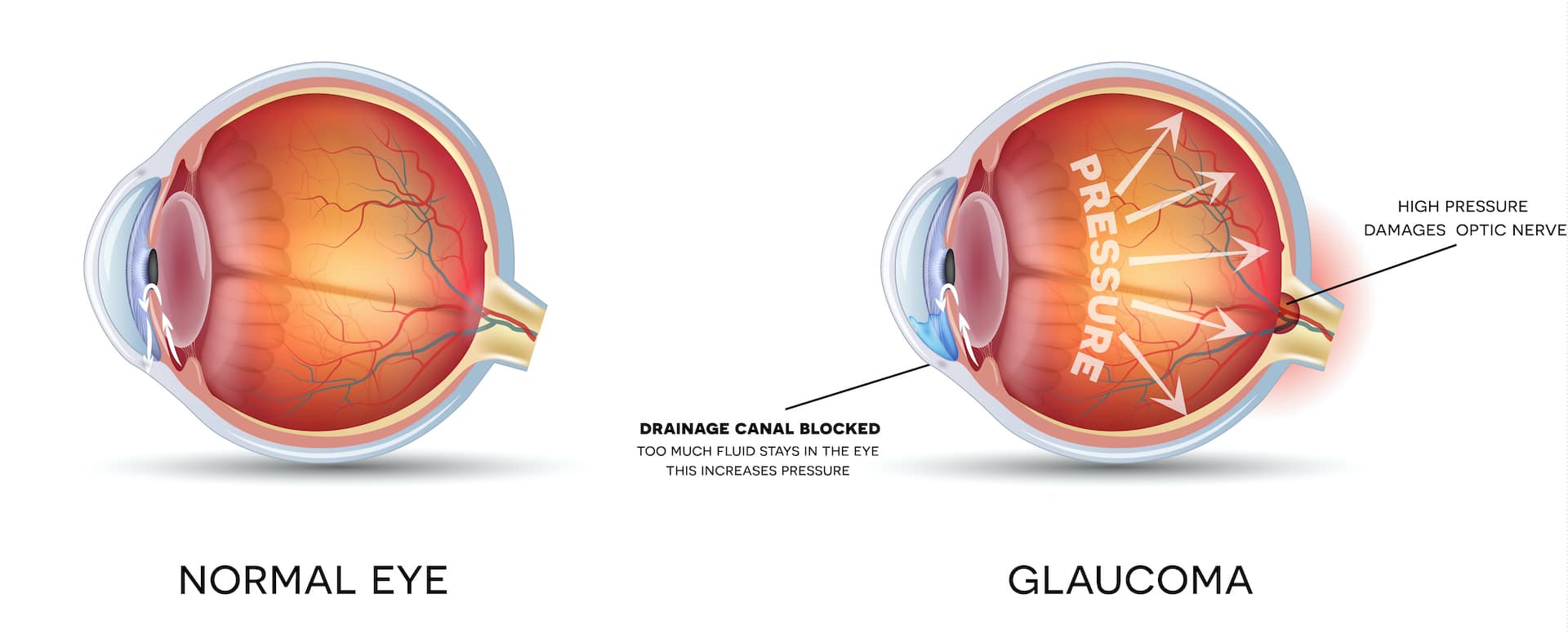Experienced Retina Service Near Me: Comprehensive Eye Treatment Solutions
Experienced Retina Service Near Me: Comprehensive Eye Treatment Solutions
Blog Article
Comprehending the Various Vision Correction Procedures Available for Clearer View
In the world of vision improvement procedures, a wide variety of alternatives exist to address refractive errors and provide individuals with more clear view. From the commonly acknowledged LASIK surgical procedure to less invasive treatments like PRK and implantable lenses, the field of ophthalmology provides a range of strategies tailored to match various requirements and preferences. Each treatment includes its own set of factors to consider, advantages, and possible threats. Recognizing the subtleties of these vision modification methods is essential for making notified decisions regarding one's visual health. Let's check out the complexities of these treatments and clarified the path to attaining boosted vision quality.
LASIK Surgical Procedure
LASIK surgical treatment is a common refractive treatment made use of to deal with vision troubles such as farsightedness, nearsightedness, and astigmatism - eyecare near me. This surgical strategy, which represents Laser-Assisted in Situ Keratomileusis, aims to improve the cornea to improve exactly how light is focused on the retina, inevitably improving vision quality. Throughout the procedure, a slim flap is created on the cornea, and a laser is utilized to remove exact quantities of cells to improve it properly. This reshaping permits for light to be precisely focused onto the retina, correcting refractive errors.
One of the primary benefits of LASIK surgical procedure is the fast enhancement in vision experienced by clients. In general, LASIK surgical treatment is a prominent selection for individuals seeking a long-term remedy for their vision troubles.
PRK Treatment
While additionally a common refractive treatment, the PRK (Photorefractive Keratectomy) technique differs from LASIK surgical procedure in its strategy to correcting vision problems. In PRK, rather than creating a flap on the cornea, the outer layer of the cornea, called the epithelium, is completely removed. This enables the laser to improve the cornea to correct refractive mistakes such as astigmatism, farsightedness, and nearsightedness straight externally.

Regardless of the longer recovery time, PRK can produce superb outcomes in vision renovation, making it a valuable option for those who might not be appropriate candidates for LASIK surgery.
Implantable Lenses
As opposed to PRK where the cornea is improved straight, implantable lenses use one more method for remedying vision by inserting synthetic lenses inside the eye. This procedure is particularly beneficial for individuals with high degrees of astigmatism, farsightedness, or nearsightedness that may not appropriate candidates for laser surgical treatments like LASIK or PRK.
Implantable lenses, additionally recognized as phakic intraocular lenses, job by supplementing the eye's all-natural lens with a synthetic one. eyecare near me. look what i found These lenses can be put before the all-natural lens (former chamber) or behind the iris and in front of the all-natural lens (posterior chamber) By changing the power and positioning of these lenses, ophthalmologists can successfully correct refractive mistakes and boost aesthetic acuity
One benefit of implantable lenses is that they are exchangeable and detachable, giving adaptability for future changes. As with any kind of medical procedure, there are risks included, such as infection or cataract formation. Individuals taking into consideration implantable lenses must talk to an eye treatment specialist to figure out the most suitable choice based upon their private demands and eye health.
Corneal Rings
Corneal rings, also understood as intracorneal ring segments, are small, clear gadgets inserted right into the cornea to correct vision distortions such as keratoconus. Keratoconus is a problem where the cornea thins and protrudes exterior, creating vision to come to be altered. The insertion of corneal rings assists to flatten the cornea, boosting visual skill and decreasing the irregular astigmatism triggered by keratoconus.
The treatment for placing corneal rings is minimally intrusive and fairly fast, often carried out as an outpatient treatment. Throughout the surgical treatment, the eye doctor makes a small laceration in the cornea and inserts the rings at a details deepness. As soon as in position, the rings aid to improve the cornea, giving a smoother surface for light to go into the eye, which can cause clearer vision.
Corneal rings are taken into consideration a reversible treatment, as they can be gotten rid of or changed if essential. retina service near me. While they may not entirely remove the need for glasses or get in touch with lenses, corneal rings can considerably improve vision quality and general aesthetic convenience for people with keratoconus or various other corneal irregularities
Refractive Lens Exchange
Following the improvement of corneal abnormalities with treatments like corneal rings, another vision modification method that can attend to refractive errors is Refractive Lens Exchange (RLE) RLE is a surgery that involves replacing the eye's all-natural lens with a man-made intraocular lens (IOL) to fix refractive errors such as presbyopia, nearsightedness, and farsightedness. This treatment is particularly helpful for individuals who might not be appropriate candidates for treatments like LASIK or PRK as a result of variables such as thin corneas or high refractive mistakes.

Verdict
In verdict, there are different vision correction procedures available to help people accomplish more clear view. LASIK surgery, PRK treatment, implantable lenses, corneal rings, and refractive lens exchange are all choices that can attend to various vision issues.
In the world of vision modification procedures, a wide variety of choices exist to resolve refractive mistakes and give individuals with clearer sight.LASIK surgical treatment is a common refractive procedure utilized to deal see post with vision problems such as astigmatism, nearsightedness, and farsightedness.While likewise a common refractive procedure, the PRK (Photorefractive Keratectomy) method varies from LASIK surgery in its method to remedying vision problems.Following the improvement of corneal irregularities with procedures like corneal rings, another vision correction technique that can address refractive mistakes is Refractive Lens Exchange (RLE) LASIK surgical procedure, PRK procedure, implantable lenses, corneal rings, and refractive lens exchange are all options that can deal with various vision problems.
Report this page